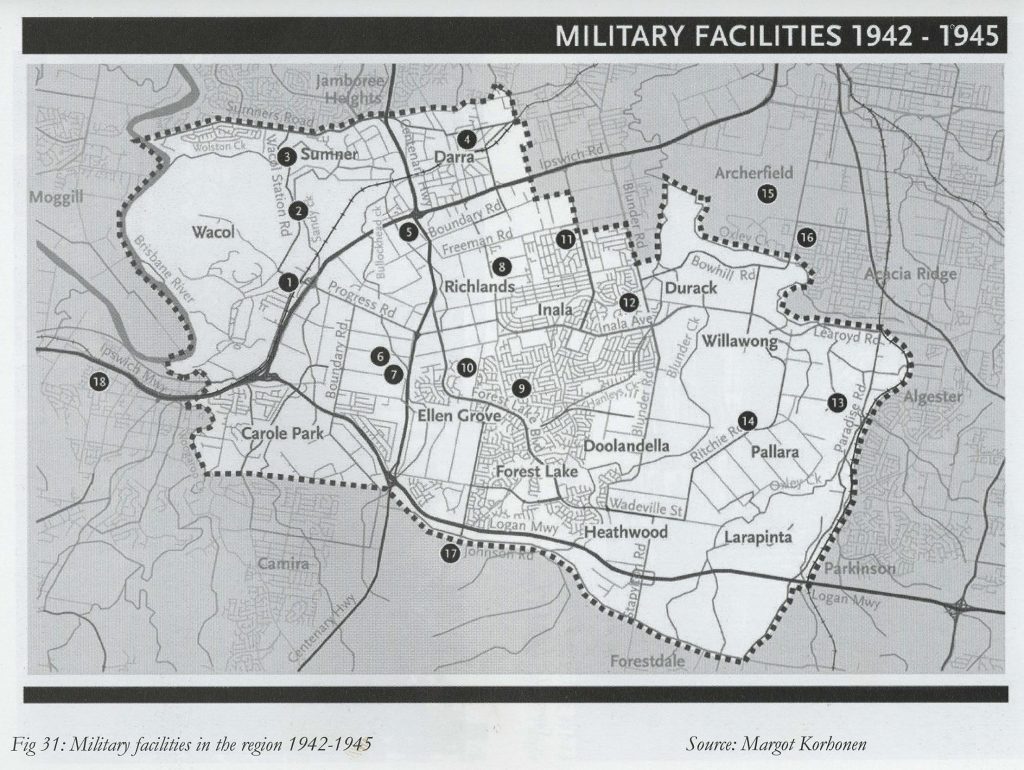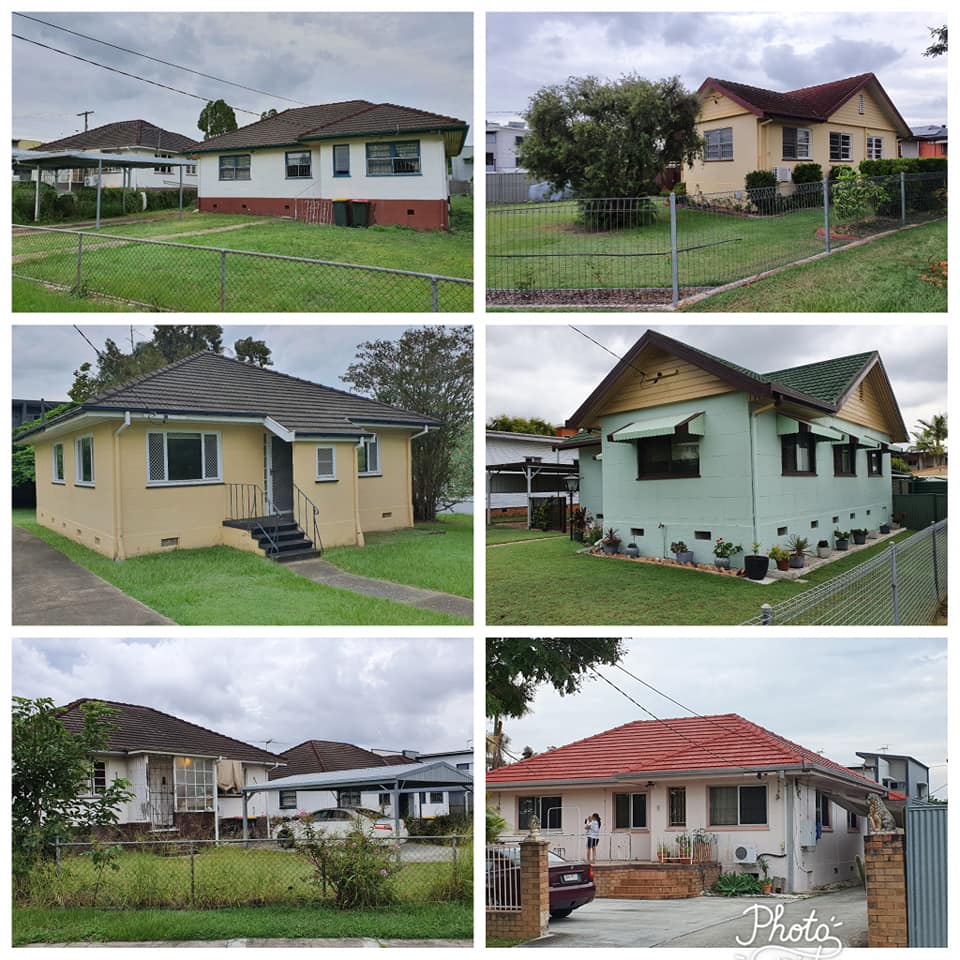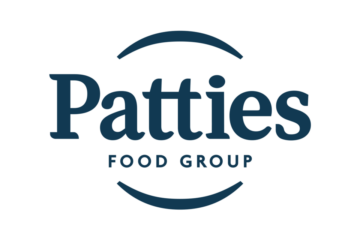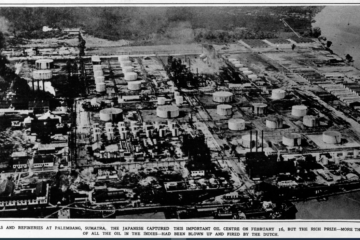The long Dutch relationship with Southeast Brisbane began during World War II, when in 1942 the Americans established Camp Columbia in Wacol, Brisbane to stop the Japanese advance in the Southwest Pacific. The camp became the staging ground for the American campaign, covering an area of 20 by 15 square kilometers, covering most of the current suburbs in this area (see map below). The HQ of this vast complex was located in Wacol, which is now the Brisbane Corrective Services.

After the Japanese invasion of Netherlands East Indies (now Indonesia) some 20,000 Dutch people fled to Australia and most of them ended up in Brisbane.
With the progress of the war, the Americans moved their staging camp from Brisbane to Hollandia on Netherlands New Guinea, now Jayapura, Papua. In 1944 the Dutch took over Camp Columbia and established the Netherlands East Indies Government in Exile. From there, they prepared for the liberation and recolonisation of the Netherlands East Indies, now Indonesia. The Dutch remained a presence at Camp Columbia and neighbouring Archerfield Airport until 1947 due to the difficult situation in Indonesia, where the Indonesians were fighting for their independence.

In 1945 the camp was also used to house undernourished and sick Dutch women and children who were evacuated from the Japanese camps as well as POWs.
Several of the Dutch who worked at Camp Columbia and Archerfield Airport were able to stay in Brisbane (as they had married Australian wives) or went back to the Netherlands and applied for migration visas and came back a few years later.
After the war, Camp Columbia was used as a migration centre, and from here many Dutch emigrants settled in Southern and Southeast Brisbane. Coming from the tropics more Dutch people emigrated to Australia after the Indonesian Government started to nationalise Dutch companies in 1956. For many the climate in Queensland was preferred above the one in the Netherlands.
Many of the first Dutch people who settled here following their work in Brisbane during WWII Became important liaison people and facilitators for the newly arriving Dutch immigrants, some of this was organised from the Wacol Migration Camp. They assisted with finding work and accommodation.
The post-war period in Australia was characterised by an acute housing shortage. Australian State Governments including the Queensland government went overseas to attract building companies, including those from the Netherlands, to assist in creating new suburbs in the areas previously occupied by various military operations.
The housing boom also involved Coopers Plains. Many Dutch migrants and Dutch builders settled in the area, and connections and relationships resulted in many Dutch people becoming the occupants of these ‘Dutch Houses’.

There were three Dutch Shops in the area, which were established in the 1950s. On of them ‘De Kruidenier’ still operates in Richlands and is still a popular spot for locals looking for Dutch treats and groceries. The shop sells a range of Dutch products, including licorice, stroopwafels, and hagelslag. Additionally, several local cafes and restaurants offer Dutch-inspired dishes, such as poffertjes and bitterballen.
The Dutch Club, which was established in 1962, is still a popular meeting spot for members of the Dutch community. It offers a range of activities, such as dancing, cards, and billiards games, which provided a sense of community and belonging. The club also hosts a range of events throughout the year, including Dutch-themed dinners, cultural celebrations, and social events.
Another organisation De Borrelclub was founded in 1964 and also here a large number of its members came from the southern and southeaster side of Brisbane. They still meet monthly and have annual events and most members still live in the area,
The Dutch football club, now the Brisbane Lions, also played an important role in bringing the Dutch community together.
The Dutch community in this part of Brisbane has contributed to the cultural and economic life of the region. Dutch businesses have been instrumental in shaping the area’s-built environment, and Dutch migrants have brought their skills and expertise to various industries, such as horticulture and manufacturing. The Dutch have also contributed to the region’s social fabric, and their presence has helped create a diverse and vibrant community.
Over the years, the demographics of the area have diversified. Today, it is a vibrant and multicultural area with people from all over the world calling it home. However, the Dutch history and influence can still be seen in the area’s architecture, food, and community.
In conclusion, the Dutch history and influence in the area is significant and enduring. From the establishment of Camp Columbia during WWII to the settlement of Dutch builders and families in the post-war period, the Dutch community has played an important role in shaping the area’s history and culture. This long Dutch relationship is a testament to the enduring ties that can be forged through shared experiences. The Dutch played an important role in the history of this region, and their legacy continues to be felt today.
Paul Budde

